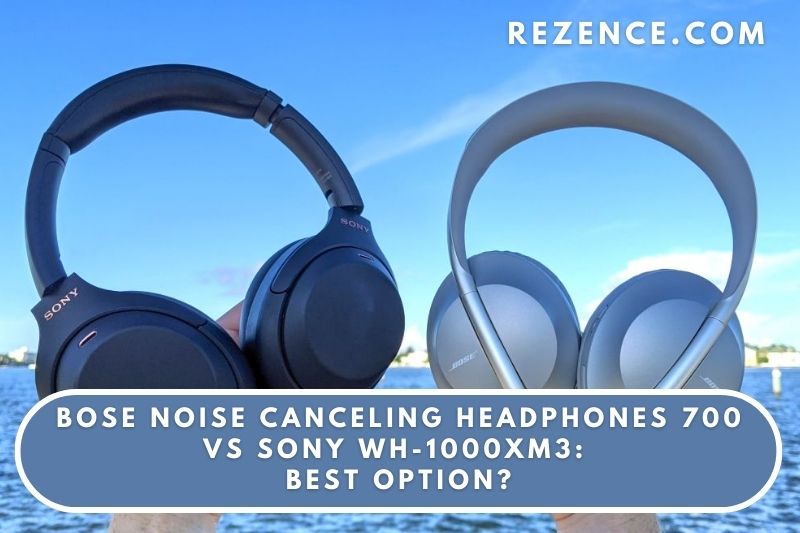Deciding between the Bose Noise Canceling Headphones 700 vs Sony WH-1000XM3 can be tough. Both are great options for noise-canceling headphones, but there are some key differences between them.
The Bose headphones are slightly cheaper, but the Sony headphones have better battery life. Ultimately, the decision comes down to personal preference.
Overview
What is Bose Noise Canceling Headphones 700?
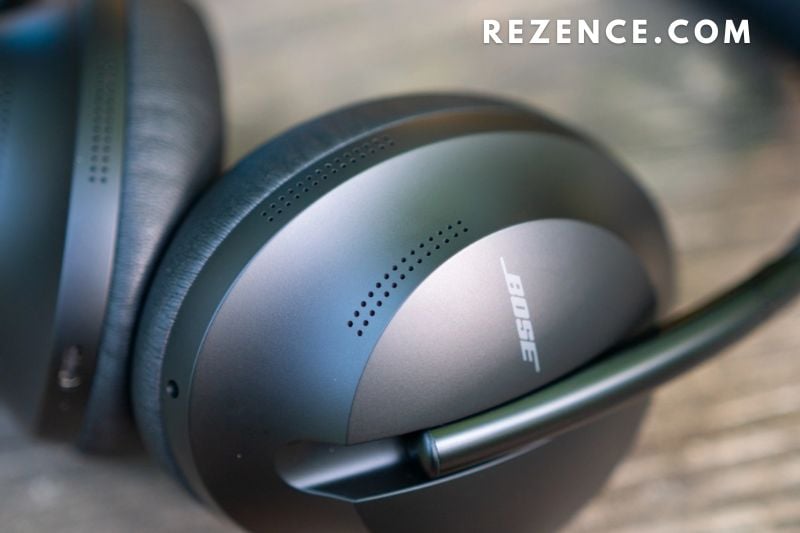
Bose Noise Canceling Headphones 700 are headphones that use active noise cancellation to reduce ambient noise. They are manufactured by Bose Corporation and were released in June 2019. The headphones have a sleek, minimalist design and are available in black or silver.
They can be used with various devices, including smartphones, tablets, and laptops. The headphones feature three levels of noise cancellation, allowing users to customize their experience. The headphones also have a built-in microphone for making phone calls and using voice assistants.
What is Sony WH-1000XM3?
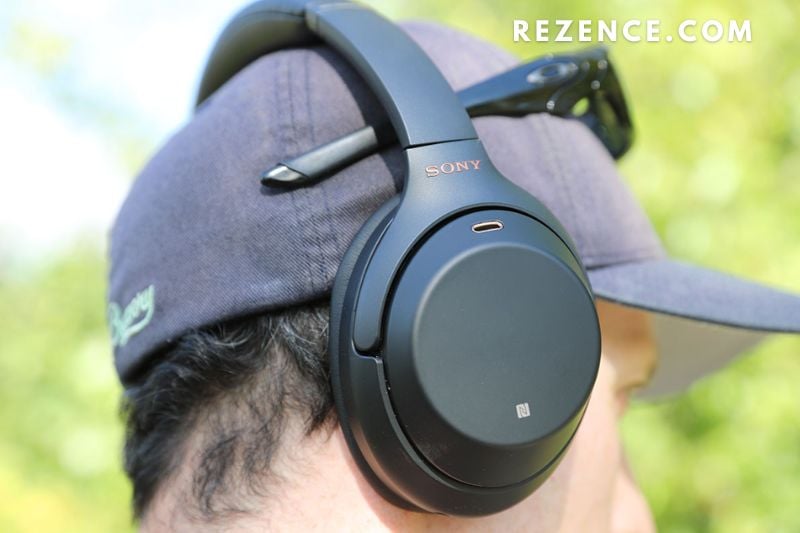
The Sony WH-1000XM3 is a high-end noise-canceling headphone that was released in 2018. It is the successor to the Sony WH-1000XM2, which was released in 2016.
The Sony WH-1000XM3 has several improvements over its predecessor, including better noise cancellation, better sound quality, and more comfortable ear cups. It is one of the most popular noise-canceling headphones on the market and is a great choice for anyone looking for a high-quality pair of headphones.
Sony WH-1000XM3 vs Bose Noise Canceling Headphones 700: Which Is Better?
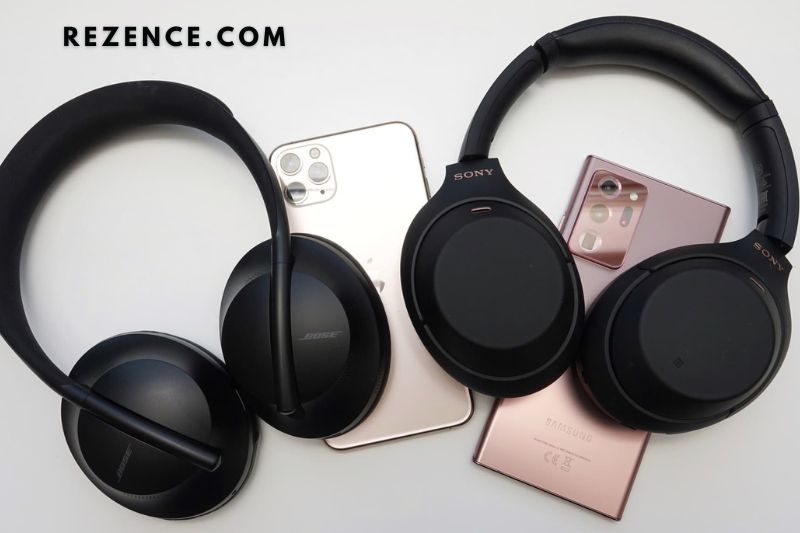
You won’t be disappointed if you’re looking for a pair of superior noise-canceling headphones. Sony and Bose provide some of the greatest models, with cutting-edge technology, stylish designs, and excellent sound quality.
The Sony WH-1000XM3s have established themselves as excellent business-class cans, dispatching numerous competitors in the previous year. Meanwhile, the Bose Noise Canceling Headphones 700 have emerged as a significant challenger to their dominance.
These wireless headphones are ideal for use on airplanes, in offices, and at home, and they performed admirably in our tests. So, which choice is best for you?
Continue reading as we compare these top noise-canceling headphones in-depth, from battery life and build quality to sound quality and features. After all, you should do your homework if you spend big bucks on high-quality headphones.
Design and fit
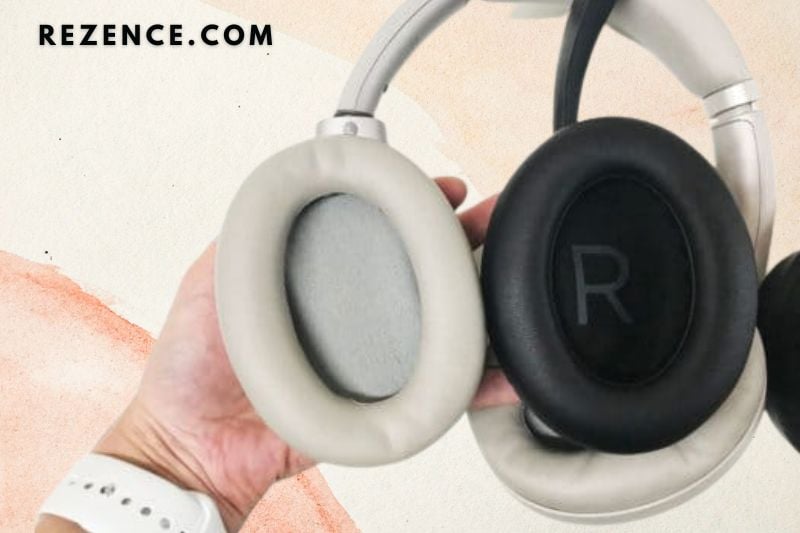
Bose and Sony have the engineering capabilities to create premium headphones aimed at regular travelers, and both companies have refined their designs over time.
The 700s are noticeably slimmer and, in my opinion, the more plentiful of the two. The ‘invisible’ hinges and the stainless steel headband, nicely incorporated into the earcups, have captured our attention. They’re exceedingly light, weighing only 254g, and don’t put any strain on your head.
Although the hinge stops the 700s from folding inwards, the cups fold flat, and the case is no thicker than a paperback book. However, keep them in their travel case since the earcup sliders might scrape if left exposed.
The Sony XM3s are equally suitable for commuting. The plastic headband gives them a less expensive feel, but the dense memory foam cushioning provides excellent all-day comfort, and they’re incredibly lightweight. It appears that you are not wearing headphones at all.
Because there is so little in it, we urge that you try them both on for size.
Features

Both headphones have similar control mechanisms: touch-sensitive screens on the earcups that may be manipulated with swipes and touches.
Tap the Bose logo to hear a battery level readout, or hold it down to refuse an incoming call on the Bose 700s. Amazon Alexa and Google Assistant voice commands are also supported and may be accessed by pressing the bottom button on the right earcup. Some of the controls were touch sensitive for us, but the 700s are a delight to use overall.
The Sony WH-1000XM3s are equally simple and offer hands-free operation via Alexa, Google Assistant, or Siri. They also have a ‘Quick Attention’ mode, which allows you to reduce the level of the music while allowing outside sounds through. It’s a great feature that allows you to talk to someone without removing your headphones.
They’ve also had one eye on the flight with their built-in Atmospheric Pressure Optimiser, which modifies the headphones’ frequency response and mic sensitivity to better performance at high altitudes.
The Sonys have significantly more functionality, but you should expect to spend a day or two learning how to use all of the bells and whistles.
Battery life
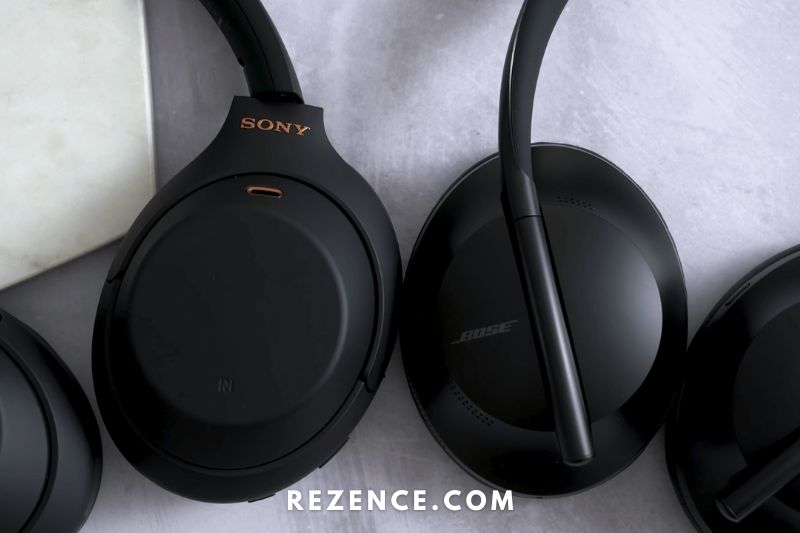
With Bluetooth and noise-canceling turned on, the Bose Noise Canceling Headphones 700 boasts a 20-hour battery life. However, this is a good performance, the Sony WH-1000XM3s last 10 hours longer. Their 30-hour battery life is sufficient for a flight from London to Tokyo and back.
In terms of charging times, the Bose headphones charge from empty to full in 2.5 hours, while a 15-minute fast-charge yields 3.5 hours of listening.
However, the Sonys outperform. A full charge takes 3 hours, yet 10 minutes of charge time equals 5 hours of playing. It was hardly a fair contest.
Noise-cancelling
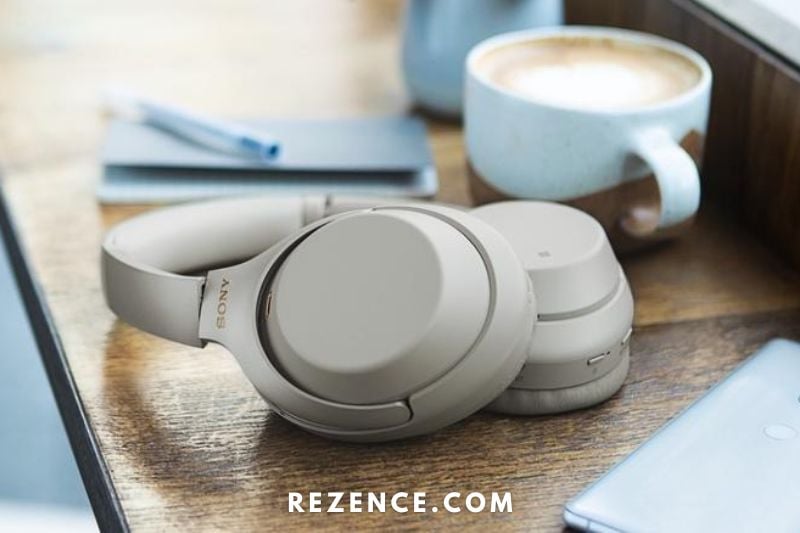
Both of these noise-canceling headphone cans block out the world outside, whether you’re on a plane or in a noisy workplace. However, one combination is somewhat more effective than the other.
The Bose 700s employ the company’s next-generation noise-canceling technology, which encompasses everything from new acoustics to digital signal processing – all powered by Bose’s noise-canceling processor. You may adjust the noise-cancellation level in 11 increments (from 0-10), allowing you to go from complete isolation to complete transparency. It’s very good.
Sony’s noise cancellation is very outstanding. The intensity may be adjusted using Sony’s superb Headphones Connect software, and don’t forget about the Atmospheric Pressure Optimiser.
Are you ready to get down to business? Bose has the upper hand here. Its noise-canceling technology is more effective in cutting out background noise with 11 gradations.
Comfort
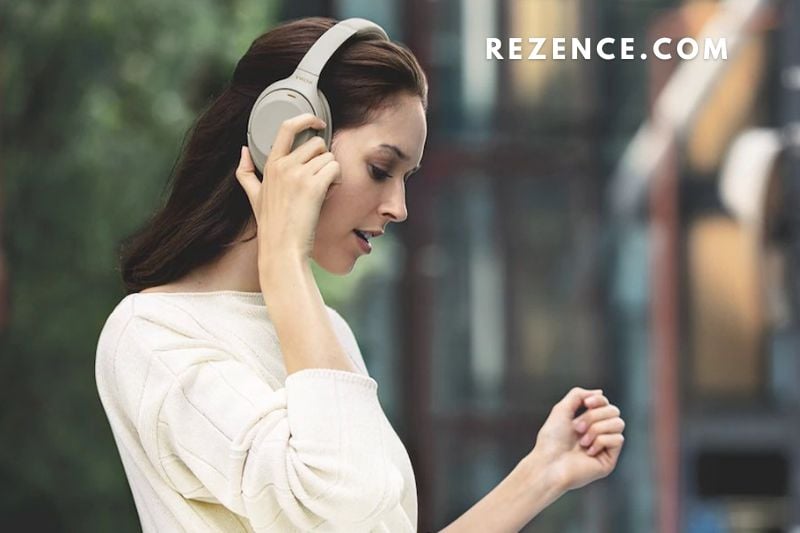
The two types are nearly identical in terms of Sony WH-1000xm3 vs Bose 700 comfort. They weigh 9 ounces each, making them both lightweight and portable. Swivel the ear cups on either unit to avoid feeling suffocated when worn around the neck.
Long extenders on the WH-1000xM3 were designed to accommodate large heads. Those with smaller heads may adjust them for a comfortable, secure fit. The huge oval perforations in the ear cups allow plenty of room for your ears to breathe, while the comfortable cushioning encourages users to engage in long Spotify sessions; I used the headphones for 2-3 hours daily without fatigue.
The 700 also provides an excellent level of comfort. This is mostly due to the memory foam ear cups’ soft cushioning. It is gentle on the skin and does not irritate the ears. The headband might feel suffocating on the skull. However, raising the extenders one setting higher makes a significant impact.
This would normally cause slippage, but the weight distribution on these cans is excellent, keeping them stable when speeding through city traffic.
Sound quality
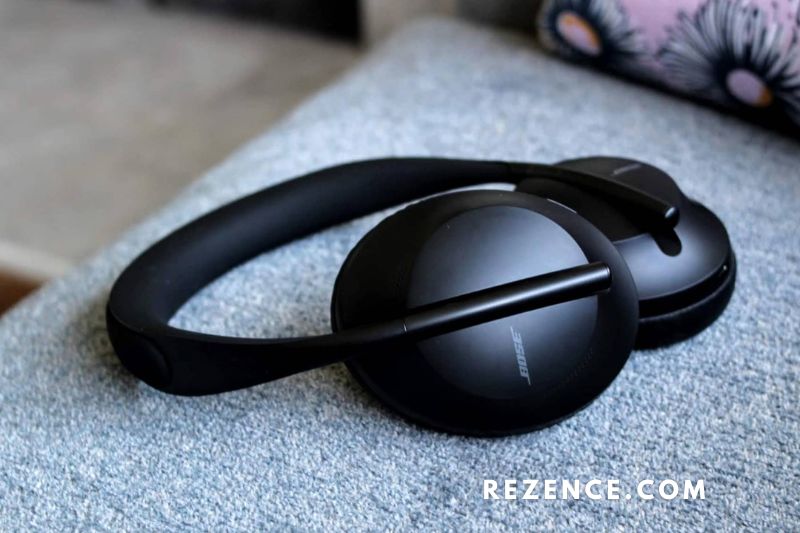
A digital amplifier in the 700s replaces the analog amplifier in the XM3s. And both headphones sound terrific, with spacious, open sound stages and lots of detail.
The Sonys let each instrument, effect, and speech breathe – we could even hear the shifting pressure of the piano keystrokes. With a large serving of deep bass and great rhythmic drive and musicality, the XM3s sound so fantastic you’ll swear you’re standing in the artist’s studio.
The Bose 700s, on the other hand, are no slouch. They provide a distinct balance, demonstrating exceptional agility and clarity. They have a direct sound and outstanding dynamics. However, they lack a little detail and bass depth compared to the Sonys.
Controls
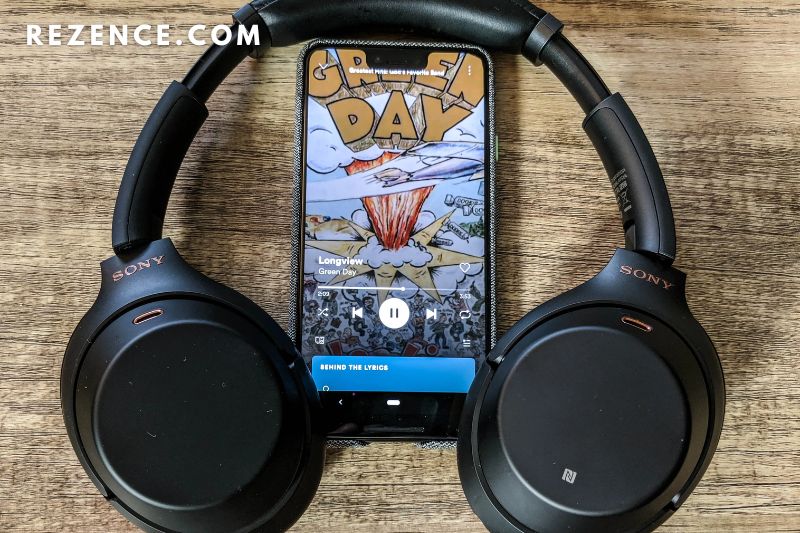
Bose and Sony designed their headphones to have both tactile and touch controls. The WH-1000xM3 provides a more fluid experience thanks to its intuitive touch panel that responds quickly to slide and tap actions. You can control playback and calls by tapping the sensor while swiping up/down for volume and left/right for track navigation.
The controls behind the left ear cup let you choose between listening modes (ANC and Ambient), power on/off, and link the headphones.
The touch controls on the Bose 700 are also not to be overlooked. Playback (slide left/right) and volume levels (slide up/down) are simple to control. Tap gestures are just as easy to use; a double tap will play/pause/answer a call, while a tap and 1-second hold will refuse a call.
The physical buttons function well and provide a pleasant clicking sound when pressed, reassuring you that you have entered the correct commands. My only complaint is that the extension running down the middle of the right ear cup limits surface area, making it difficult to locate the touch panel.
Support for digital assistants works as effectively on both devices. Even better, they are compatible with the major three: Alexa, Google Assistant, and Siri. I liked how quickly the WH-1000xM3 responded to voice commands and admired the 700’s excellent speech recognition.
Price
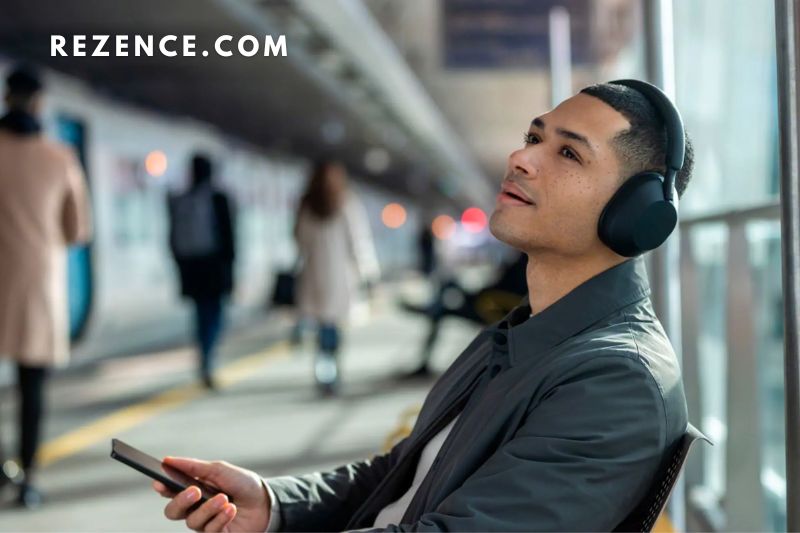
We reviewed the Sony WH-1000XM3s in 2019 for £330, but the price has subsequently plummeted to £240 ($300 / AU$490), making them an amazing deal.
The price of the Bose Noise Canceling Headphones 700 has also been reduced, from £350 to £275 ($345 / AU$565).
However, because the Sonys have more features and, as we’ll see momentarily, sound better, we believe they’re the best pick for budget-conscious customers.
FAQs
Which is best, Bose or Sony?
If the bass is all you need, with longer battery life and a range of options, the Sony 1000XM3 is the way to go. The QC35 is a wonderful choice if you want good bass and comfort. If you want a phone with moderate bass, touch functions, type C fast charging, and better Active Noise Cancellation than the QC35, the Bose 700 is the way to go.
Is there anything better than Sony WH-1000XM4?
We discovered that the Bose Noise Canceling Headphones 700 performed better than the Sony WH-1000XM4 in registering swipes and touches.
What headphones don’t pick up background noise?
Our best pick is the Sony WH-1000XM5 headphones. We looked at various factors, including price, compatibility, battery life, isolation technology, noise reduction, and more, to find the best noise-canceling headphones for any situation.
Conclusion
After testing both the Bose Noise Canceling Headphones 700 and the Sony 1000XM3, we can say that both are great options for noise-canceling headphones. However, we prefer the Bose 700 because they are more comfortable to wear and have better overall sound quality.

